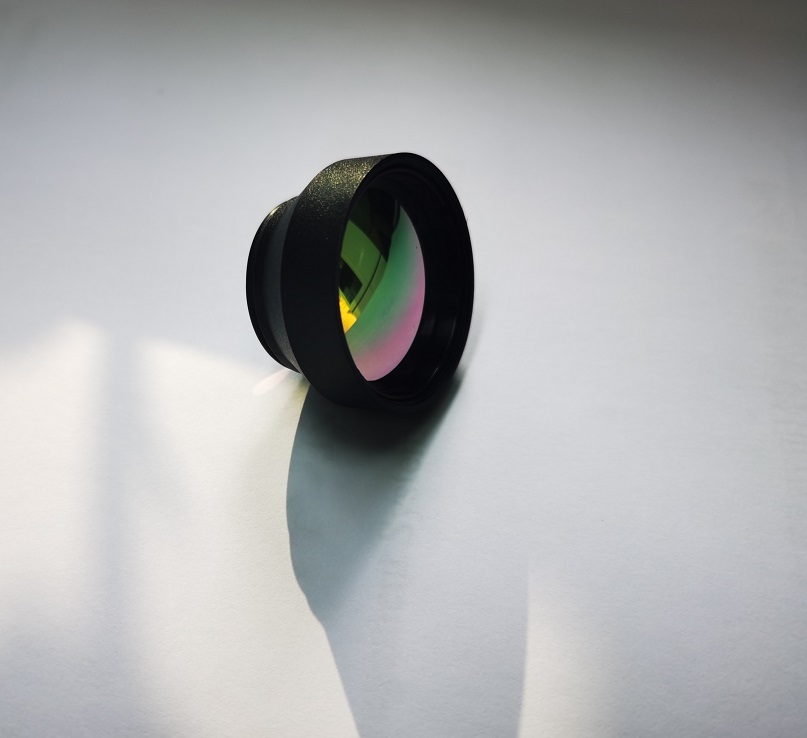Industrial News

Introduction: Understanding the intricacies of thermal imaging and its applications is crucial in various scientific and industrial fields. One significant aspect of thermal imaging is the selection of the appropriate wavelength for accurate detection and analysis. This article delves into the depths of thermal imaging wavelengths, exploring their significance, variations, and practical implications.
The Basics of Thermal Imaging
Before delving into the specifics of thermal imaging wavelengths, it is essential to grasp the fundamentals of this technology. Thermal imaging utilizes infrared radiation emitted by objects to create images based on temperature differences. Therma cameras detect and measure this infrared radiation and convert it into a visual representation that enables us to discern the heat distribution and temperature variations.
1. The Role of Wavelength in Thermal Imaging
Wavelength plays a vital role in thermal imaging as it determines the ability of a thermal camera to capture and detect different levels of energy. Operating within specific wavelength ranges, thermal cameras can effectively detect and record the thermal signatures of diverse objects and environments. These wavelength ranges are categorized into distinct thermal bands.
2. Understanding Thermal Imaging Wavelength Bands
2.1. Long-Wave Infrared (LWIR): The LWIR band, operating within a wavelength range of 7.5 to 14 microns, is commonly used in civilian and military applications. This wavelength range allows for excellent penetration through atmospheric conditions, making it ideal for thermal imaging in various environments, including outdoor settings.
2.2. Mid-Wave Infrared (MWIR): Operating between the wavelength ranges of 3 to 5 microns, the MWIR band is utilized for a plethora of applications, including gas detection, high-temperature industrial processes, and aerial thermography. MWIR offers a balance between thermal sensitivity and atmospheric transmission.
2.3. Short-Wave Infrared (SWIR): SWIR operates between the wavelengths of 1.5 to 3 microns and often finds application in moisture detection, thermal imaging in harsh environments, and non-destructive testing. The SWIR band offers superior image resolution and is less susceptible to atmospheric interference.
3. Factors Influencing Wavelength Selection
When selecting a specific wavelength range for thermal imaging, several factors come into play:
3.1. Object Properties: Different objects emit and reflect infrared radiation differently based on their composition, surface characteristics, and temperature ranges. Identifying the unique properties of the target objects assists in choosing the appropriate wavelength for accurate detection.
3.2. Environmental Conditions: The presence of smoke, dust, or water vapor in the environment can affect the transmission and absorption of infrared radiation. Considering these environmental factors aids in selecting the most suitable thermal imaging wavelengths that offer optimal performance.
3.3. Application Requirements: Each application has specific demands and objectives. Some scenarios call for precise temperature measurements, while others require rapid image acquisition or long-range detection. Assessing the application requirements guides the selection of the ideal thermal imaging wavelength.
Conclusion: Thermal imaging wavelength selection holds immense importance in achieving accurate and reliable temperature measurements. Understanding the different thermal bands, considering object properties, environmental conditions, and application requirements are crucial factors for professionals working with thermal imaging technology. By leveraging the scientific understanding of thermal imaging wavelengths, we can unlock a multitude of possibilities for advancements in various industries.
 English
English  German
German Japanese
Japanese Korean
Korean Vietnamese
Vietnamese French
French Spanish
Spanish भारत
भारत



